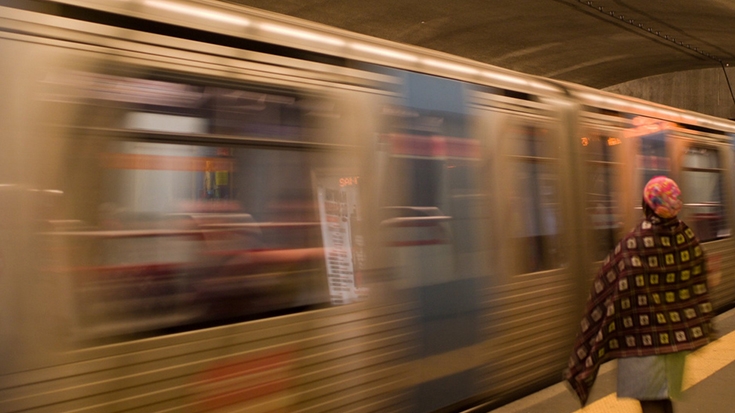Access for all to economic and social opportunities is essential to the World Bank’s mission of reducing poverty and promoting shared prosperity. Transport systems that provide access to jobs and services to everyone lead to improvements in maternal health, participation in education and human development. Particular opportunities become available to women and young people, and vulnerable groups, in terms of accessing markets, economic opportunities, health care and education, thus increasing equity and reducing poverty. At the same time, large and small enterprises benefit from enhanced accessibility through access to a wider pool of labor that can result in expanded production, new investment and creation of new jobs.
The World Bank is focusing its accessibility efforts on the following dimensions:
- Inclusive access: transport access for the poor, for persons with disability and for the elderly;
- Gender and transport: taking into account the specific mobility needs of women (see Gender and Transport publications)
- Employment: planning transport to increase access to jobs
- Health: improving access to health services
- Measurability: development of indicators of access and mobility at the national and sub-national levels in relation to the above factors as well as with other priority social indices; and pro-poor growth issues.
The transport sector can benefit the social agenda in a variety of ways. World Bank road investment programs, for instance, are part of a broader poverty reduction strategy and are primarily designed to benefit the poor by improving access to schools, health facilities, and nutrition programs.
Making transport services accessible to the poor, women, persons with disability and the elderly has emerged as a key priority for the World Bank. Indeed, women and men often have different transport needs and do not face the same constraints: the time burden of transport for rural households is estimated to be about four times higher for women than men in the poorest countries; the gender difference for load carrying is even more extreme with women carrying about 90% of the physical burden.
Due to accessibility and affordability concerns, walking remains the predominant mode of travel for many women in developing countries, followed by cycling and animal-drawn carriages. Even in urban areas, other transport modes are often not available because they are too expensive or inconveniently located. Personal safety and harassment risks are also major issues for women using public transport.
Action to improve the integration of the social agenda in transport operations is often constrained by the serious shortage of data on the access and mobility needs of users, particular the poor, women, the disabled and elderly.
